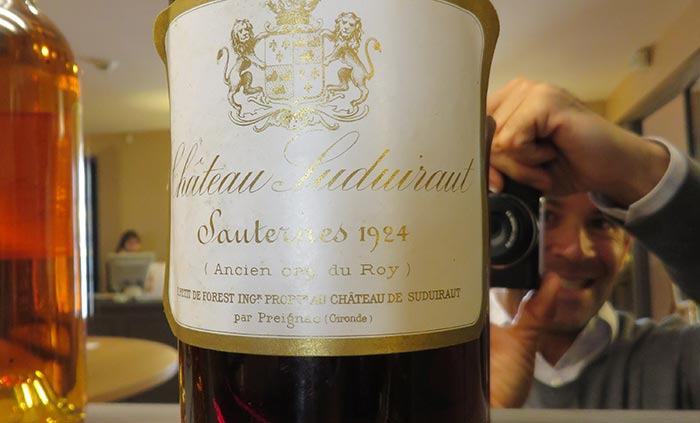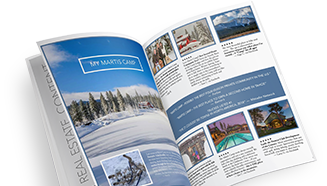Salut de France! I’m Martis Camp Sommelier Joshua Plack. This blog documenting my experiences on a six-week trip through French wine country is meant to give you the tools to enjoy and collect wines from the areas I’m visiting. Come learn along with me this week in Sauternes.
This entry is Part 3 in the series.
<< Part 1: Hello From French Wine Country
<< Part 2: Left Bank Bordeaux — Dry Wine
***
Bordeaux Part Two — Sweet Wine
My quest to learn about the wines of the world has brought me to the regal and weird appellation contrôlée of Sauternes. This world famous home of sweet wine employs unique humid weather to grow mold, fungus, rot and Botrytis on its grapes. It’s one of those miracles of life that is delicious, mysterious in origin, weird, and a bit gross if you have a light stomach. Quick tip, don’t eat the grapes on the tour. They say it’s fine and for Frenchies with cheese-lined stomachs it probably is. For this American, I was congested and had an upset stomach for three days after eating these bad boys.


Noble Rot, or Botrytis, is a fungus that in this case grows on ripe grapes. Its role in this process is to concentrate the juice of the grape long after the regular wine county harvest. Once pressed into juice the skins and rot have done their jobs and are discarded. I always thought the fungus itself was important in the mix of the wine, but it’s only an actor in the process to concentrate the flavors.
Aside from the wild sight of these berries covered in gross stuff, the amazing show here is how they harvest. For dry wine, vineyards are harvested often in one pass, sometimes mechanically. At top Sauternes producers eight passes is standard. The pickers are tasked with picking only the bunches affected by the good rot. Bad rots are acid rot, so you have to stick your nose into a moldy bunch of grapes to smell for this one, as well as grey rot — a dusty, out of control fungus. These are experienced, trained pickers. Next, a team of sorters on a flatbed checks what has been picked. It’s a great show and aside from Francois’ pants falling down, you should watch the video. Watch for one of the sorters smelling for acid rot and the amount of fungus dust in the air when the bins hit the deck. Incredible!

I visited three producers: Yquem, Suduiraut and Coutet.
Yquem is the undisputed top dog and please enjoy at will. Yquem should really be at least 10 years old to really show the depth. Young, the fruit overwhelms the nuances that make it so enjoyable. 1997 is the best I’ve personally ever tasted. Magic.
Suduiraut

Suduiraut not only does a great job, but since 1992 has been making a second wine allowing them to make a more concentrated grand vin from the first press. Collect with confidence. Sauternes is an easy thing to collect. You aren’t ever going to drink a bunch, so buy a six pack every other year and forget about it in the cellar. You’ll be happy to have it when the time is right.
Coutet

Most enjoyable was Coutet in Barsac. Like Cheval Blanc for Figeac, Coutet was the horse house for Yquem. Barsac producers can choose to label as Sauternes, Barsac, or both. The thing to know here is that while it doesn’t sit on a great, geologically complex hill like the king, it is in a cooler place. Barsac by climate makes a fresher, usually more acidic, sweet wine. In addition, the Coutet team is VERY good at it. I’m a fan and with less cache you’ll pay less and maybe stumble across older examples. If you want to go big, Coutet makes a reserve wine labeled Cuvée Madame. In either case, ten plus years of age is a good place to start.
This was such a cool experience. The production of sweet wine in Sauternes is different than anything else in wine. It’s super labor-intensive and clearly a cultural passion. I visited three producers and am so glad to have made the trek south. Off to the Northern Rhône Valley for a return visit to the home of Syrah.
***
<< Part 1: Hello From French Wine Country
<< Part 2: Left Bank Bordeaux — Dry Wine






